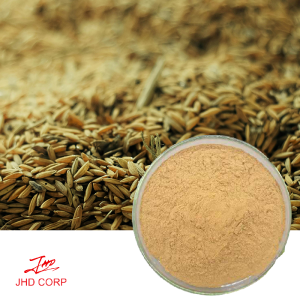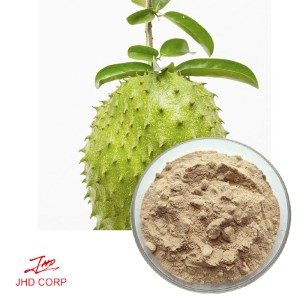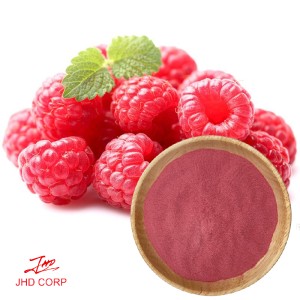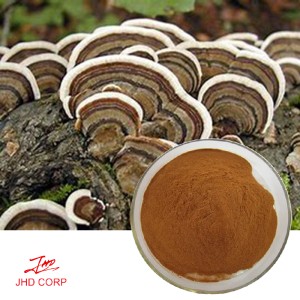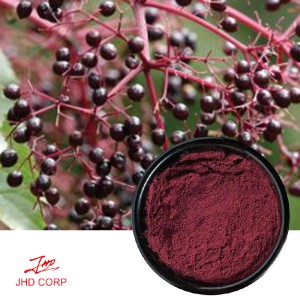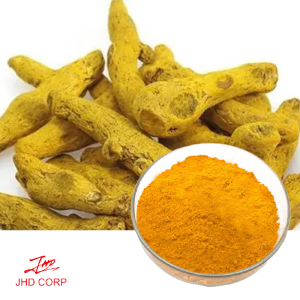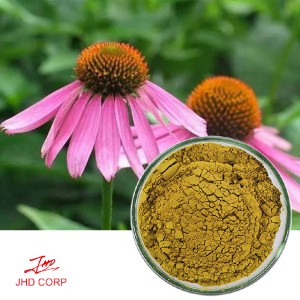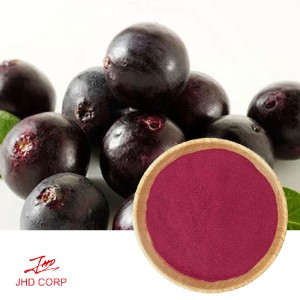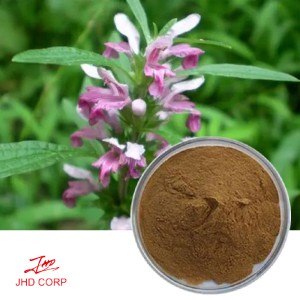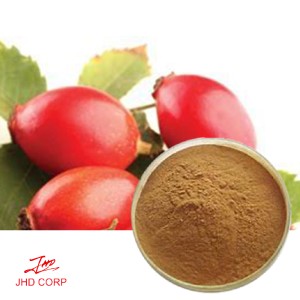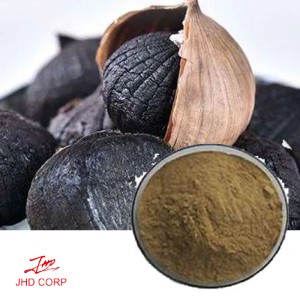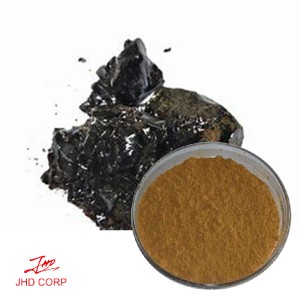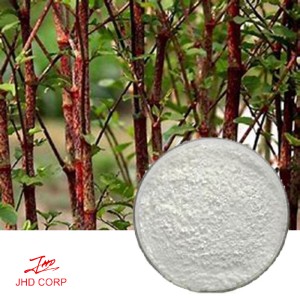What Exactly is Barley Malt Extract and Why Should You Care?
What is Barley Malt Extract?
Barley malt extract is a sweet, sticky substance derived from malted barley. It's obtained through a process where barley grains are germinated, dried, and then extracted to create a concentrated form of the barley's natural sugars and nutrients. This extract can be in the form of a thick syrup or a dry powder. It is widely used in the food and beverage industry, as well as in some pharmaceutical products, due to its unique flavor and beneficial properties.
A Glimpse into its Popularity
You may have unknowingly consumed products containing barley malt extract. It's a common ingredient in many foods, from bread to energy bars, and even in some health supplements. Its prevalence in various industries piques our curiosity - what makes barley malt extract so special? Let's explore its raw materials, health benefits, and common applications to find out.
Raw Materials Introduction
The Star Ingredient: Barley
Barley, the primary raw material for barley malt extract, is a significant cereal crop. It has been cultivated for over 10,000 years and is not only an important source of food and animal feed but also the key ingredient in beer - making. Originating from the wild barley found in the Middle East, it has evolved into various types.
There are two main types: winter (or autumn) barley and spring barley. Winter barley is sown in the fall and harvested in the summer, while spring barley is planted in the spring and harvested in the fall. These grains are rich in carbohydrates, protein, vitamins, and minerals, providing the foundation for the extract's beneficial properties.
The Extraction Process
The journey from barley grains to barley malt extract is a carefully - controlled process. First, the barley is soaked in water for a period to initiate germination. This step activates enzymes within the barley, such as amylase, which break down the starches into simpler sugars.
Next, the germinated barley, now called malt, is dried in a kiln. The drying temperature and time can vary, influencing the flavor and color of the final product. Lighter roasts result in a paler - colored extract with a milder flavor, while darker roasts create a deeper - colored extract with a more robust, nutty flavor.
After drying, the malt is milled into a fine powder. This powder is then mixed with hot water and allowed to steep, a process that further extracts the sugars and other soluble components. The resulting liquid, called wort, is then separated from the solid residue.
Finally, the wort is concentrated through evaporation to remove the excess water, resulting in the thick, syrupy barley malt extract. In some cases, this extract can be further processed into a dry powder by spray - drying or freeze - drying.
Main Benefits
Nutritional Powerhouse
Barley malt extract is a nutritional powerhouse, packed with essential nitrogen and carbon compounds for bodily functions.
It’s rich in B-vitamins (B1, B2, B3, B5, B6, B9, B12) that drive cell metabolism, turning food into usable energy efficiently.
Minerals like iron (aids oxygen transport), magnesium (supports bones/muscles), potassium (regulates blood pressure), and zinc (boosts immunity) are also present.
Health - Promoting Effects
Its nutrient blend strengthens the immune system, equipping immune cells to fight off pathogens effectively.
It benefits digestion too—dietary fiber promotes regular bowel movements, and its natural sugars are easy to digest, even for sensitive stomachs.
Antioxidants like polyphenols in the extract neutralize harmful free radicals, reducing oxidative stress and supporting overall health.
Application Scenarios
In the Food Industry
In baking, it adds a sweet, malty flavor and golden crust (from caramelized sugars). As a humectant, it retains moisture to extend shelf life—perfect for bread, cakes, and cookies.
For beer brewing, it’s essential: it provides fermentable sugars for alcohol. Roast levels vary—light extracts for mild lagers, dark ones for rich stouts—and it helps create a creamy foam.
In candies, it adds unique flavor and chewiness, offering a more complex taste than refined sugar alone.
In the Pharmaceutical Field
It’s a key component in nutritional supplements, boosting energy, immunity, and digestion with its natural nutrients.
As a pharmaceutical excipient, it binds tablet ingredients and stabilizes liquid meds, ensuring product integrity.
Conclusion
Barley malt extract, derived from malted barley through a carefully - controlled process, is more than just a common ingredient. Its rich nutritional profile, including B - vitamins, minerals, and dietary fiber, contributes to various health benefits, such as enhancing the immune system, promoting digestive health, and providing antioxidant protection.
In the food industry, it plays a crucial role in baking, brewing, and candy - making, enhancing flavors, improving colors, and extending shelf - lives. In the pharmaceutical field, it serves as an important component in nutritional supplements and as an excipient in drug formulations.
As we've discovered, barley malt extract is a versatile and beneficial substance. Whether you're a food lover, a health - conscious individual, or someone interested in the manufacturing of products, understanding barley malt extract can open up new perspectives. Keep an eye on this remarkable ingredient as it continues to be a part of our daily lives in more ways than we might have initially thought.


